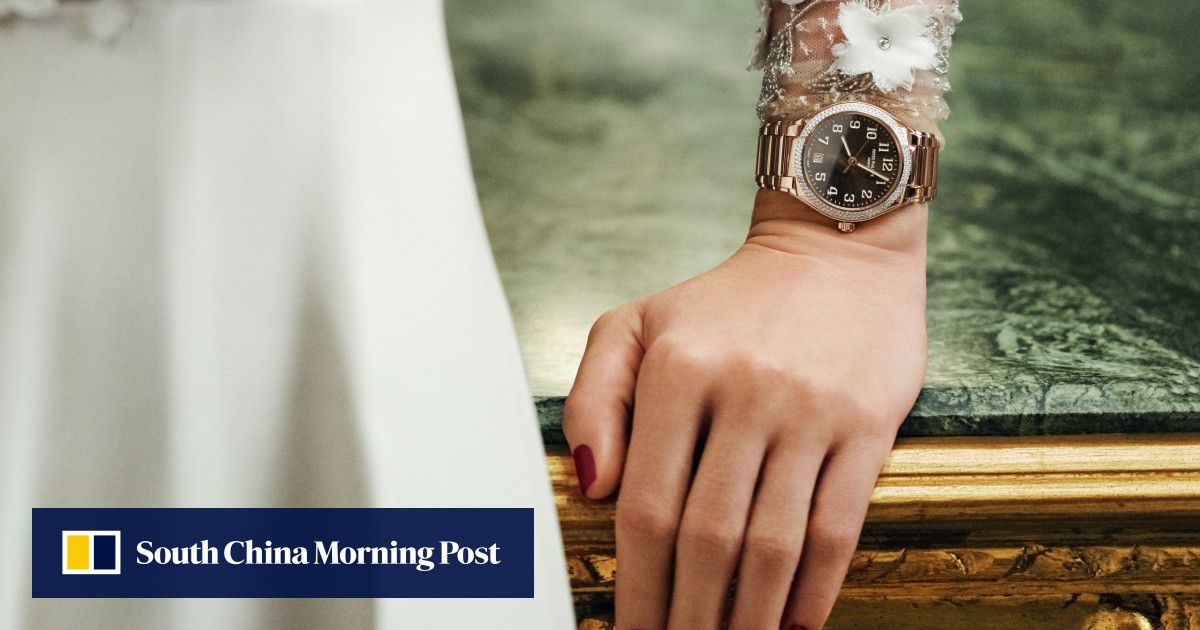
Europeans have a tendency, when applying clichés or stereotypes to Americans, to forget that there are more to American CEOs than the two extremes of be-suited hustler or dressed-down dot.com billionaire. They have, their almost-accent-free, perfect English notwithstanding, an “American executive” air about them, and in a good way rather than a Trump-ian manner. In 2009, Thierry became president upon Philippe’s semi-retirement.ĭespite the almost arch “Swissness” of père et fils, there are the odd whiffs of Americanism. His mentor would undoubtedly have been Edelman, now a legend in the watch industry and who is, for all intents and purposes, the “Mr Patek” of the USA.

There he spent two years, learning about the watch business from the ground up. In a Hollywood-like biopic manner, Thierry is said to have started out in the mailroom in the company’s New York offices, like his father in the Henri Stern Watch Agency (also known as Patek Philippe USA). Two years later, he returned to Switzerland, and would serve as the company president from 1993, when his father, Henri, retired. Alongside another newcomer, Hank Edelman, Philippe stared out learning how to fit straps. The latter joined the company in his mid-20s, in 1964, and was dispatched immediately to New York to learn the trade. In understanding its pro-USA leaning (not that PP doesn’t show equal respect for all of its markets), one might look at the training regimes undergone by its president, Thierry Stern, and his predecessor and now chairman, his father Philippe. It is a major, if not THE major consumer of Patek’s watches.

Questions about percentage of sales by territory would undoubtedly elicit an “I couldn’t possibly comment” from a PP spokesperson, but I have no doubt about the scale of the brand’s American component. Size is, of course, a major part of it, but Patek is as secretive as Francis Urquhart. Patek Philippe has always loved London, but in terms of importance to the great manufacturer, the US market might be unrivalled.


 0 kommentar(er)
0 kommentar(er)
